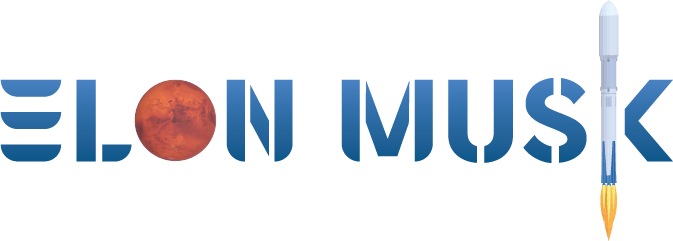
UTSA announces new research center to advance space technology and operations
- by University of Texas at San Antonio
- Dec 10, 2024
- 0 Comments
- 0 Likes Flag 0 Of 5

DECEMBER 10, 2024 —
UTSA’s Office of Research today announced the launch of the Center for Space Technology and Operations Research (CSTOR), a new research center dedicated to advancing engineering, technology and operations that will support space missions between the Earth and the Moon, an area referred to as cislunar space, as well as the lunar surface. The center will address the growing demand for research and workforce development by civil, commercial and national security space agencies and companies. David Silva, UTSA distinguished professor of physics and astronomy, will serve as the center’s inaugural director.
CSTOR will provide enhanced support to the more than 35 UTSA researchers and over 200 students working on space technology related research and career development in areas such as uncrewed spacecraft, lunar habitation, hypersonics and propulsion. It will further augment the university’s effort to attract even more of the nation’s brightest minds in space technology through UTSA's clustered and connected faculty hiring plan, supported by the UT System Board of Regents’ Research Excellence Program.
“UTSA has intentionally expanded its capacity, facilities and expertise in space technology to meet the rapidly growing demand for innovation and enable stronger comprehensive partnerships with key organizations like Southwest Research Institute and Department of Energy National Labs,” said UTSA President Taylor Eighmy. “The launch of this new center positions UTSA as a destination for innovation, knowledge creation and talent development for the space economy.”
“The launch of this new center positions UTSA as a destination for innovation, knowledge creation and talent development for the space economy.”
Technology and workforce development for the space economy is a growing priority in federal and state policy. In 2022, the White House Office of Science and Technology Policy released a strategy outlining its approach to cislunar space, titled the National Cislunar Science and Technology (S&T) Strategy. The plan affirms the growing role of cislunar space in diplomacy and national security and aims to bolster support for research and development in the field. At the state level, the Texas Space Commission was established in 2024 to sustain and grow Texas’ leadership in space exploration.
David Silva
“We may not always think about space technology as being integral to national security,” Silva said, “but when you consider the fact that our daily lives rely on satellites for GPS services, telecommunications and weather forecasting, it's clear that cislunar space is a linchpin in our national defense. Our new center is poised to leverage UTSA expertise to strengthen national security and Texas leadership in the emerging trillion-dollar cislunar economy.”
Satellites can also be used in agriculture, logistics and energy to monitor crops, traffic patterns and energy grids. They can optimize supply chains and strengthen maritime security by monitoring ports. They also provide key insight into the environment, for instance by monitoring freshwater availability providing early warnings of natural disasters such as floods and wildfires.
Space infrastructure represents a rapidly growing market in the global economy. A 2022 McKinsey & Company report projects that the industry will grow from $630 billion in 2023 to $1.8 trillion by 2035. This growth will be catalyzed by the rapidly increasing cost-effectiveness of launch, which has been enabled by companies based or operating in Texas such as Blue Origins, Firefly and SpaceX. This expansion will likely spur corresponding growth in the job market, with U.S. aerospace engineering jobs expected to increase by 6% between 2023 and 2033.
CSTOR will support a range of technological space research focus areas in which UTSA excels, including advanced chemical propulsion, fuel for nuclear thermal propulsion (NTP), lunar habitation and surface operations, secure satellite communications and vehicle atmospheric reentry. UTSA is also home to space-related expertise in advanced manufacturing, cybersecurity, energy storage in extreme environments, neuromorphic AI, power systems, robotics, and semiconductor devices for high-power, extreme environment applications.
Graduate research assistant Angelina Andrade adjusts a test rocket in the wind tunnel at the UTSA Hypersonics Lab.
EXPLORE FURTHER UTSA Today is produced by University Strategic Communications,
the official news source
Please first to comment
Related Post
Stay Connected
Tweets by elonmuskTo get the latest tweets please make sure you are logged in on X on this browser.
Sponsored
Popular Post
tesla Model 3 Owner Nearly Stung With $1,700 Bill For Windshield Crack After Delivery
33 ViewsDec 28 ,2024
Middle-Aged Dentist Bought a Tesla Cybertruck, Now He Gets All the Attention He Wanted
32 ViewsNov 23 ,2024






 Energy
Energy


















